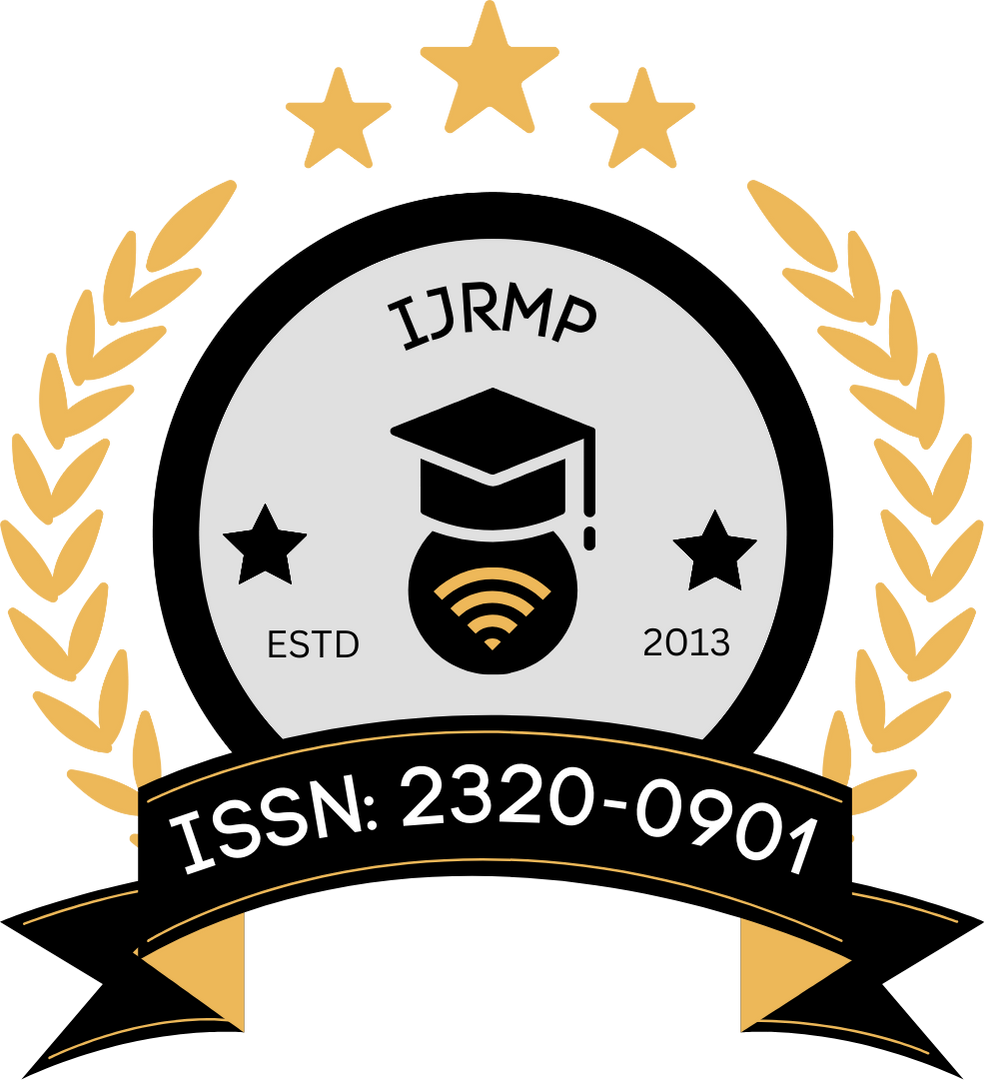![]()
Deepanshu Pandey
Independent Researcher
Madhya Pradesh, India
Abstract
The growing complexity of treating multifactorial diseases such as cancer, cardiovascular conditions, and chronic infections has propelled the need for multidrug therapy (MDT) regimens tailored to individual patient profiles. Artificial Intelligence (AI), particularly expert systems, machine learning algorithms, and probabilistic inference models, has emerged as a powerful enabler for designing such personalized therapies. This manuscript explores AI methodologies developed before mid-2016 that have been used to generate patient-specific drug combinations by analyzing pharmacogenomic data, patient history, drug–drug interactions, and disease progression models. Through a comprehensive literature review, we assess the capability of AI in synthesizing large-scale clinical data to support multidrug regimen optimization, minimize adverse effects, and enhance therapeutic outcomes. Furthermore, the manuscript outlines a methodology integrating Bayesian networks and support vector machines to demonstrate AI’s applicability in generating MDT recommendations. The results suggest promising clinical decision support capabilities, highlighting AI’s transformative role in personalized pharmacotherapy.
Keywords
Artificial intelligence, multidrug therapy, personalized medicine, pharmacogenomics, decision support, expert systems
References
- Shortliffe, E. H., & Buchanan, B. G. (1975). A model of inexact reasoning in medicine. Mathematical Biosciences, 23(3-4), 351–379. https://doi.org/10.1016/0025-5564(75)90047-4 org
- Lucas, P. J. F., van der Gaag, L. C., & Abu-Hanna, A. (2004). Bayesian networks in biomedicine and health-care. Artificial Intelligence in Medicine, 30(3), 201–214. https://doi.org/10.1016/j.artmed.2003.11.001 ncbi.nlm.nih.gov
- Ayers, M., Symmans, W. F., Stec, J., Damokosh, A. I., Clark, E., Hess, K., … Pusztai, L. (2004). Gene expression profiles predict complete pathologic response to neoadjuvant paclitaxel and fluorouracil, doxorubicin, and cyclophosphamide chemotherapy in breast cancer. Journal of Clinical Oncology, 22(12), 2284–2293. https://doi.org/10.1200/JCO.2004.05.166 ncbi.nlm.nih.gov
- Castiglione, F., Pappalardo, F., Bernaschi, M., & Motta, S. (2007). Optimization of HAART with genetic algorithms and agent-based models of HIV infection. Bioinformatics, 23(24), 3350–3355. https://doi.org/10.1093/bioinformatics/btm408 ncbi.nlm.nih.gov
- van Gerven, M. A. J., Taal, B. G., & Lucas, P. J. F. (2008). Dynamic Bayesian networks as prognostic models for clinical patient management. Journal of Biomedical Informatics, 41(4), 515–529. https://doi.org/10.1016/j.jbi.2008.01.006 ncbi.nlm.nih.gov
- Wu, A. H. B., Haller, C., Chan, P., Valliere, R., Hayes, M. P., & Jurgens, G. (2008). Dosing algorithm for warfarin using CYP2C9 and VKORC1 genotyping from a multi-ethnic population: Comparison with other equations. Pharmacogenomics, 9(2), 169–178. https://doi.org/10.2217/14622416.9.2.169 ncbi.nlm.nih.gov
- Johnson, J. A., Gong, L., Whirl-Carrillo, M., Gage, B. F., Scott, S. A., Stein, C. M., … Altman, R. B. (2011). Clinical Pharmacogenetics Implementation Consortium guidelines for CYP2C9 and VKORC1 genotypes and warfarin dosing. Clinical Pharmacology & Therapeutics, 90(4), 625–629. https://doi.org/10.1038/clpt.2011.185 ncbi.nlm.nih.gov
- Harpaz, R., DuMouchel, W., Shah, N. H., Madigan, D., Ryan, P., & Friedman, C. (2012). Novel data-mining methodologies for adverse drug event discovery and analysis. Clinical Pharmacology & Therapeutics, 91(6), 1010–1021. https://doi.org/10.1038/clpt.2012.50 ncbi.nlm.nih.gov
- Xu, X., Zhang, Y., Zou, L., Wang, M., & Li, A. (2012, October). A gene signature for breast cancer prognosis using support vector machine (pp. 928–931). In Proceedings of the 5th International Conference on Biomedical Engineering and Informatics. IEEE. https://doi.org/10.1109/BMEI.2012.6513032 net
- Kourou, K., Exarchos, T. P., Exarchos, K. P., Karamouzis, M. V., & Fotiadis, D. I. (2015). Machine learning applications in cancer prognosis and prediction. Computational and Structural Biotechnology Journal, 13, 8–17. https://doi.org/10.1016/j.csbj.2014.11.005
